
I’ve worked with a decent number of short-throw projectors over the last couple of years, and I have to say that Hisense’s PX3-Pro is the latest in the lineup to offer the best experience in such a convenient form factor.
The PX3-Pro is Hisense’s latest in the laser cinema series, which accompanies its laser TV series that differs in a couple of ways. When you buy the PX3-Pro, it comes as a single item and isn’t paired with an ALR screen like the laser TV lineup. While this isn’t the cheapest approach, it allows you to choose your own ALR screen and adjust the picture accordingly. To test the PX3-Pro, I’m using a 120-inch Epson SilverFlex Ultra panel, which means just about anything I see that’s undesirable in my viewing experience is likely up to the projector itself. Spoiler alert: there isn’t much.
Build quality
I’m unsure if Hisense intentionally designed the PX3-Pro to mimic a VCR, but it does. In truth, I love it for that. The front presents this center bump that spans across the unit, terminating in two white lights that look mirrored on the inside. The lights turn on when the device is sleeping, whereas they’re off when the short-throw projector is live.
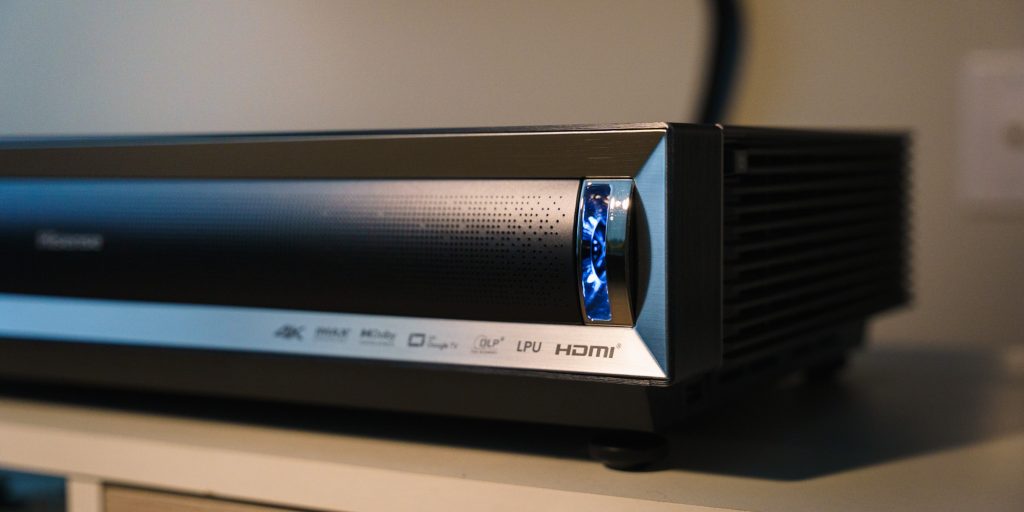
Overall, this design is really nice, considering it doesn’t look too gaudy to take away from the picture itself, nor does it look like a cheap piece of junk. It’s rather heavy, which says more about the build than anything else. You’re not often going to transport this thing around.
The rear of the projector houses a few inputs. There are two high-speed HDMI and one eARC HDMI, while a LAN and USB port sits above. There is also an auxiliary audio port if you don’t plan on using eARC. Three HDMI ports has become standard for these projectors, and I haven’t run into any circumstances where I need more. With built-in Google TV, I have only plugged in an Xbox and Shield TV for further testing.
The PX3-Pro does come with a motorized focus, which is an important thing to note. Even some of Epson’s high-end models have a manual focal adjustment, which is fine but less finite. The motorized unit in the PX3-Pro works well, though I wish Hisense kept the same focal adjustment page as the PX2-Pro. Instead of a wall of text, where each portion of the screen could give instant feedback on focus, the PX3-Pro shows small indicators in each quadrant. It’s a little harder to find focus, but it works.
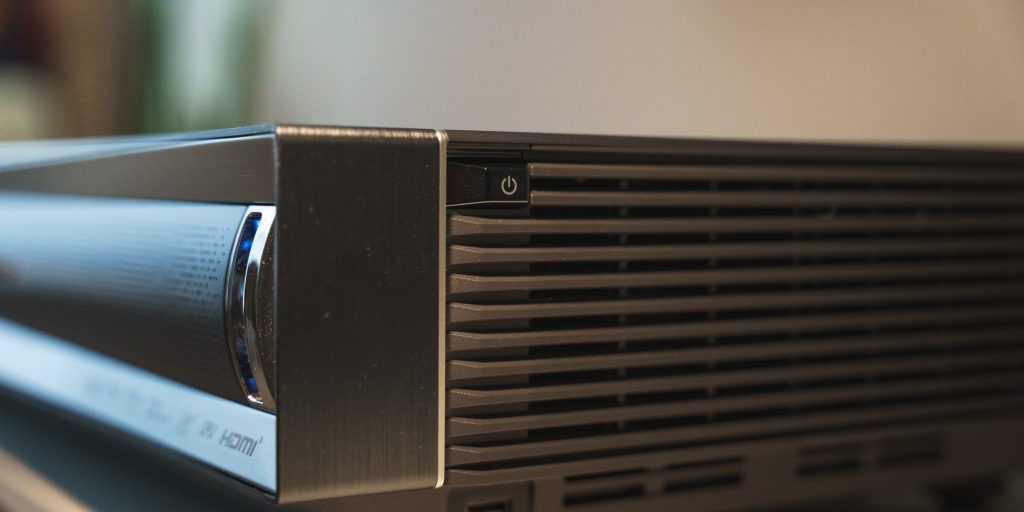
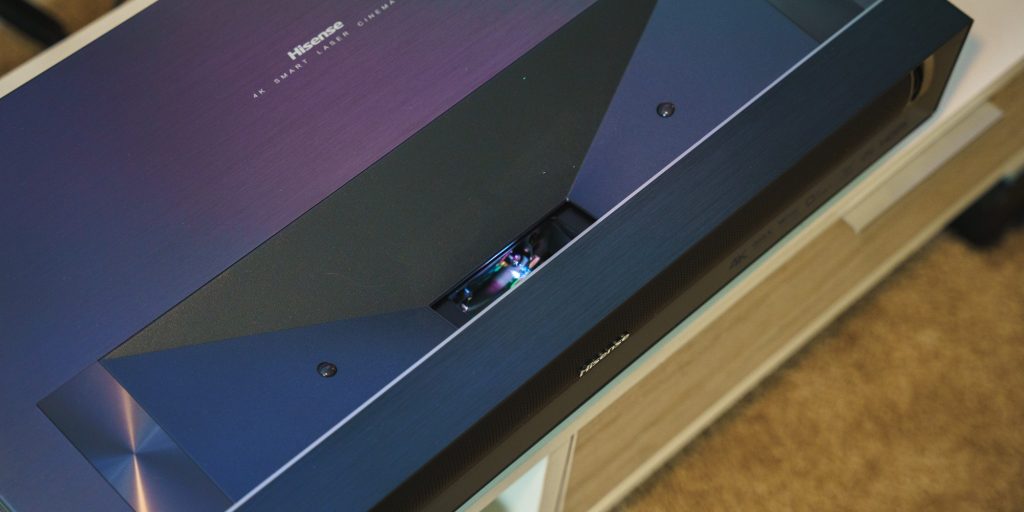
In fact, the entire setup process is ridiculously simple for something in this category. Hisense makes it easy to set the short-throw projector up in roughly the right area before it asks you to go through the full keystone correction. That makes it easy to make finer adjustments since you don’t have to move the projector after getting it wrong.
The PX3-Pro has offered one of the easiest setup procedures in my experience by far.
Picture quality
The core of the PX3-Pro is Hisense’s LPU digital laser engine. That unit has a peak brightness of 3,000 ANSI lumens and a contrast ratio of 3,000:1. Essentially, the PX3-Pro can reach a high brightness while reproducing accurate and vibrant colors in up to 4K with a resolution of 3840×2160 and HDR10+. That includes displaying shows and movies in IMAX Enhanced quality and Dolby Vision.
Generally speaking, this price point offers a trade-off somewhere, but I haven’t really been able to find one with the PX3-Pro. The 3,000 ANSI lumens brightness is adequate for my use case, which is daytime and nighttime viewing right next to a set of bay windows. When I need to, I close the blackout curtains or blinds, but even daytime viewing is reasonably viewable.
If I put on a visually important movie, I would close the curtains and allow as little light as possible, but that’s really to bring better contrast into the picture. For lighter scenes, daytime viewing is quite good. This projector makes me happy that I switched from having a TV in the living room to a short-throw unit, which is more than I can say for some other units. In good conditions, as is the case with any TV in daylight viewing, shadows have rich detail, and the contrast is very well-defined.
As for color accuracy and vibrancy, the PX3-Pro delivers in every aspect. Colors are accurate to how shows and movies are meant to be represented, and that’s without all of the AI enhancement features Hisense brings. Those features work fine for casual viewing, but I never find that I like them more than viewing content with minimal help. The PX3-Pro doesn’t need a crutch to display a fantastic picture.
Below are a few sample images of what the PX3-Pro looks like in action. Unfortunately, taking pictures of an LPU engine in the process of shooting images onto a screen does not turn out well, so some images may look to have color banding. I can assure you, that is a result of the camera and not the PX3-Pro itself.
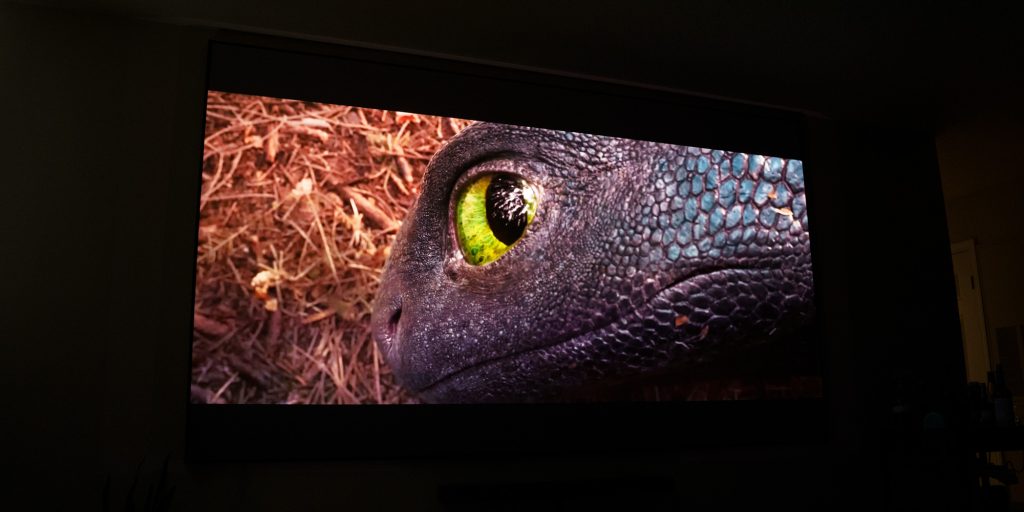

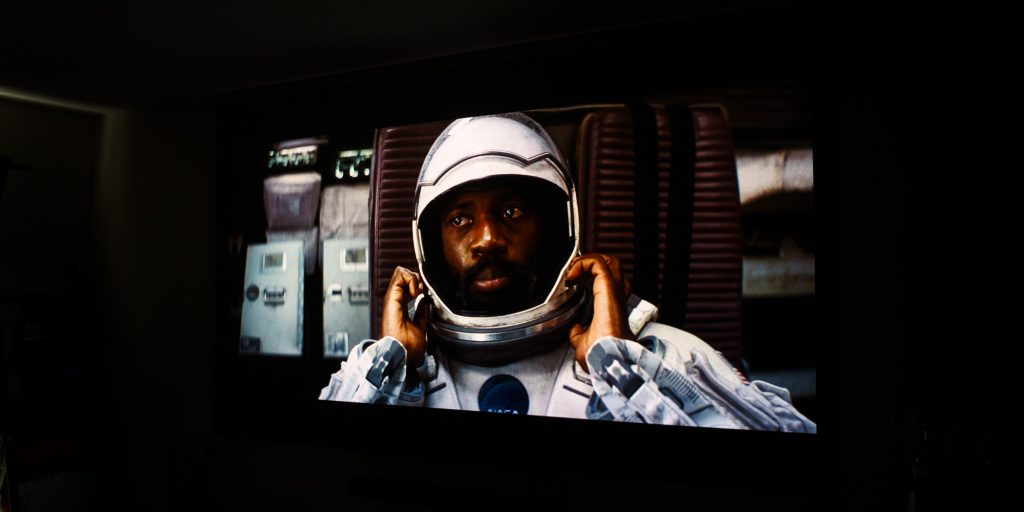
That being said, Hisense does add a slew of options for fine-tuning, depending on the user. That includes content detection for seamless integration into IMAX Enhanced or Dolby Vision, AI Scene for improved picture, and Dynamic Color Enhancer for smart correction. All of these options allow the PX3-Pro to improve the image, but I shy away from using them because I feel like the unit does a fine job without most of them. I keep MPEG noise reduction and regular noise reduction to “medium,” while I keep the Super Resolution set to “off.” It’s completely dependent on the user, but the floor is rather high.
Software performance and remote
The PX3-Pro is completely built on Google TV with minor enhancements added by Hisense. Normally, I wouldn’t call them enhancements because many OEMs tend to add proprietary features and UI elements that contradict what the original OS offers. In this case, Hisense does a fine job of incorporating its own features and options into Google TV.
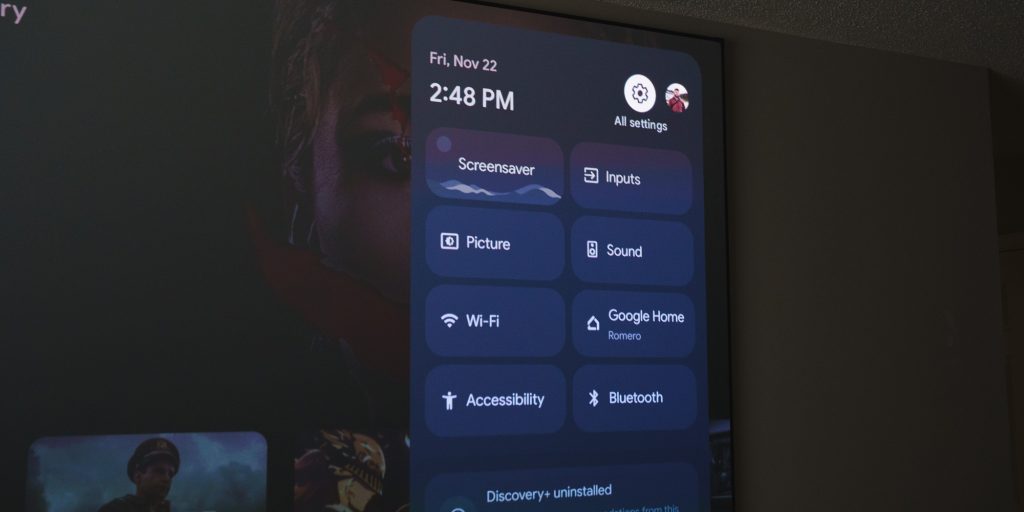
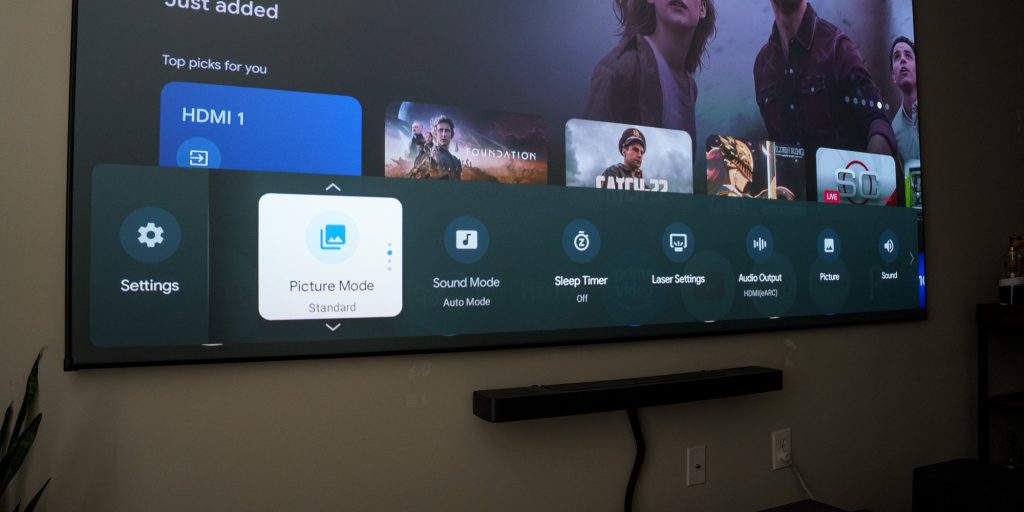
This is seen in both the onscreen Quick Settings panel and through the quick menu button on the remote. Both offer quick access to important features like auto-brightness, but they never get in the way of the experience. I think Hisense has done an excellent job in creating a UI that complements Google TV while adding features that should have a place on the PX3-Pro.
The remote itself is also well done. It’s almost exactly the same as the remote for the company’s mini-LED TV series. The only difference is a brightness rocker where the channel rocker normally is. Other than that, it’s the same remote and a great one. The number of app shortcuts on it is perfect, though I would have loved a whole row of customizable shortcuts instead of the single one offered. Either way, the big streaming apps are covered.
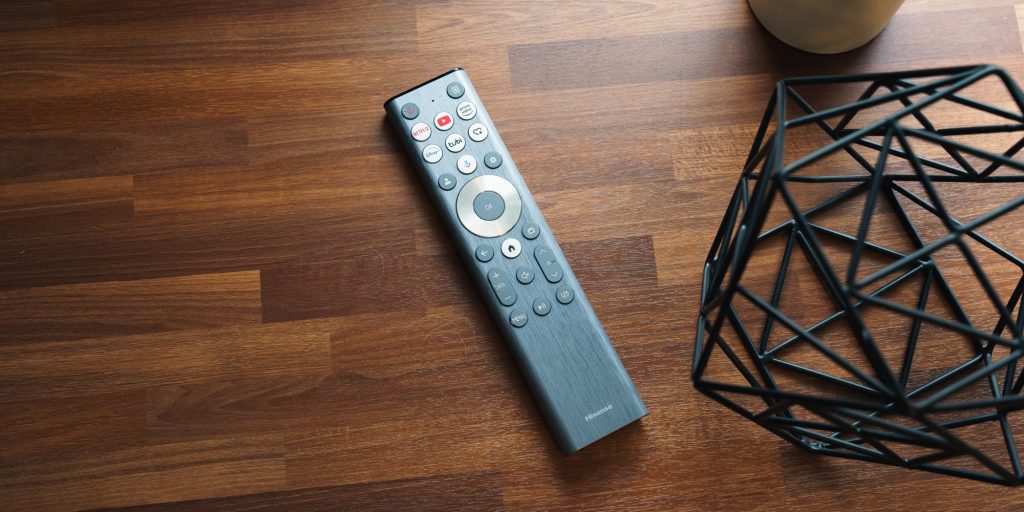
Final thoughts
The Google TV integration makes the PX3-Pro so easy to use, which supports the notion that high-end equipment doesn’t need to be complicated. The PX3-Pro comes in at $3,500 on a normal day, and that doesn’t include the ALR screen you’ll want to have with it. Still, you’re looking at a short-throw projector that offers a simple setup process, an incredible picture, a dedicated gaming mode, and the ability to get up to a 150-inch picture.
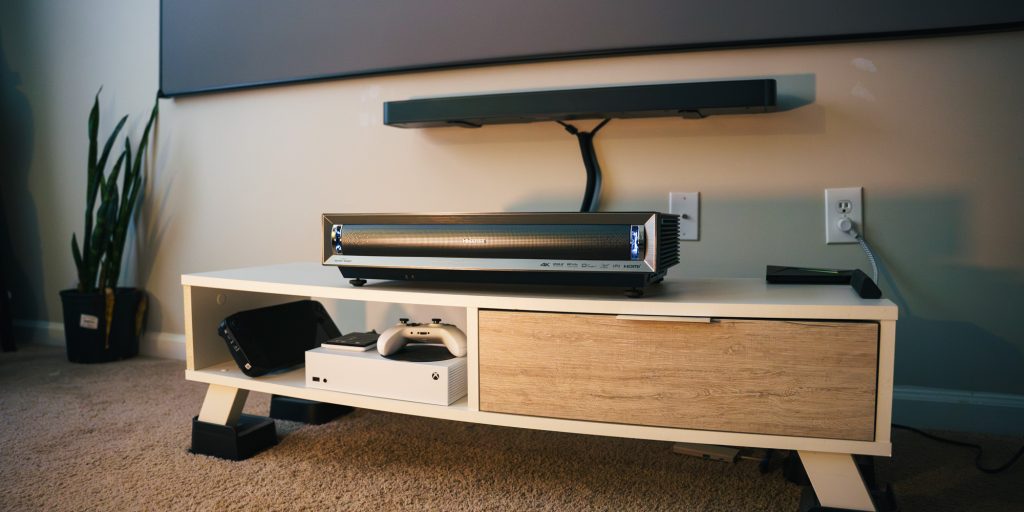
As far as short-throw projectors go, the PX3-Pro sits right up there with the best of them. It should, though, because the asking price is costly. For instance, Epson’s EpiqVision LS800 from a couple of years ago is around the same price, but this is on the same level, if not better.
At the time of writing this review, the Hisense PX3-Pro is on sale for around $3,150.
Buy the Hisense PX3-Pro
- Best Buy
- B&H Photo Video
- Amazon
FTC: We use income earning auto affiliate links. More.

 2 hours ago
3
2 hours ago
3




















 English (US) ·
English (US) ·